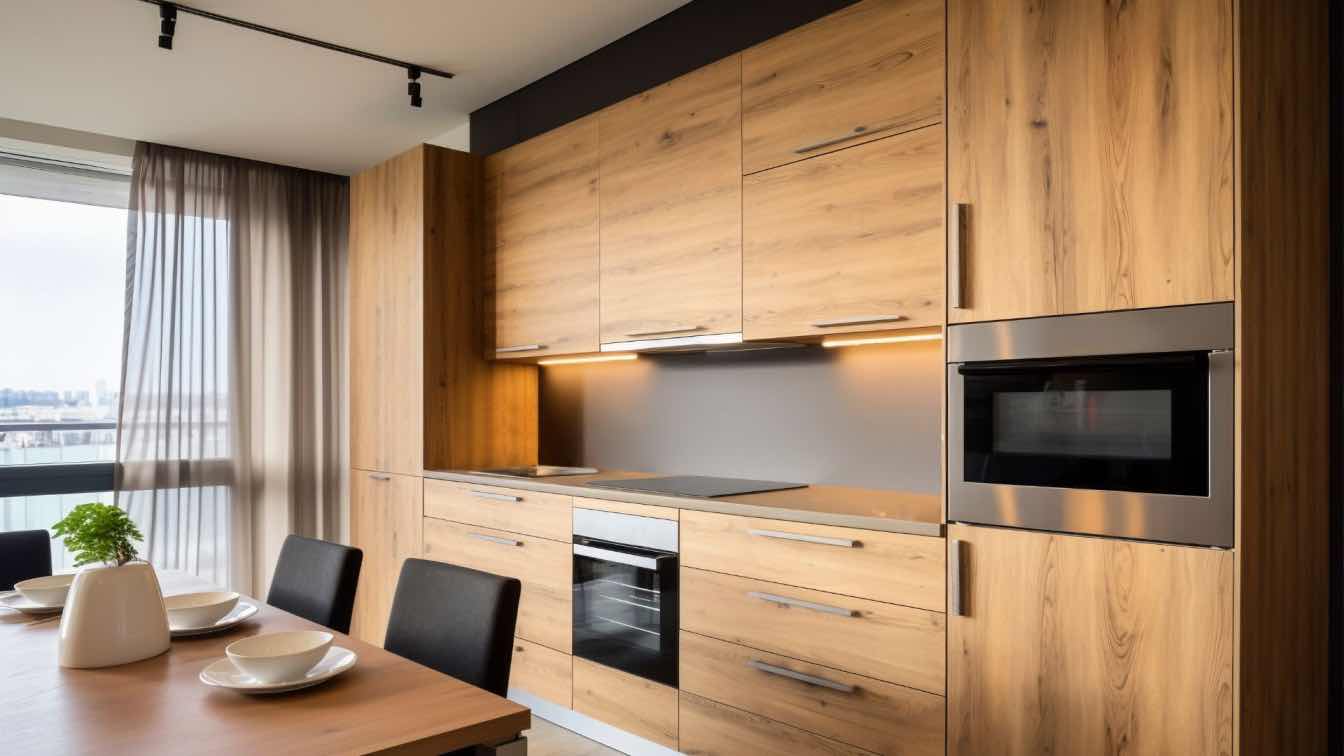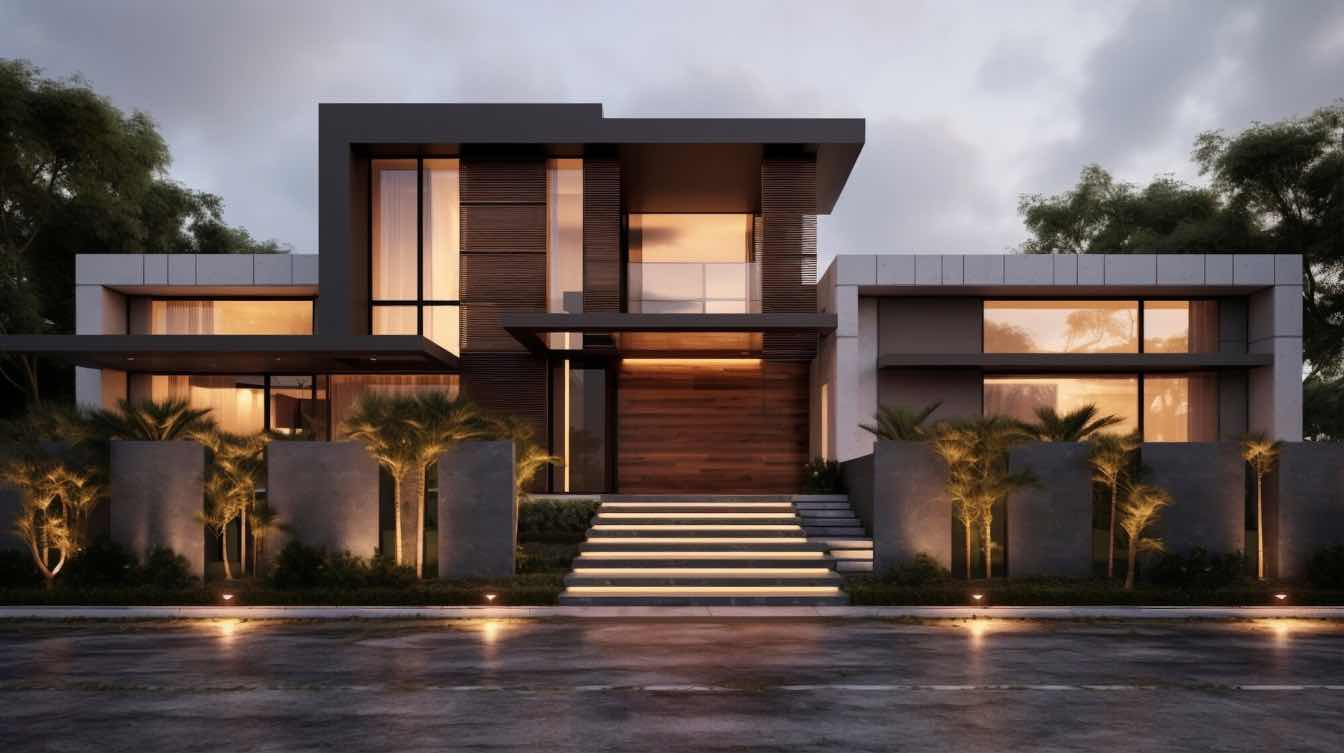Architecture reflects more than shelter. It reflects taste, lifestyle, heritage, and creative vision. A home that stands out doesn’t just impress visitors; it provides daily satisfaction, comfort, and connection to place. By focusing on unique and thoughtful enhancements, homeowners can shape a space that tells a story and aligns with personal or regional identity.
The features below explore six architectural enhancements that do more than add beauty. They bring purpose, craftsmanship, and distinctive personality to a home.
Statement Rooflines That Command Attention
The roof often sets the tone for an entire structure. Steep gables, cross-hipped lines, or curved silhouettes can drastically shift the mood of a home from traditional to contemporary or from rustic to refined. Each roof style distinctly interacts with the environment. A shed roof might maximize sunlight, while a mansard roof adds visual weight and classic elegance.
In regions with extreme weather conditions, roofing materials and angles offer more than aesthetics. They impact insulation, drainage, and energy use. Metal roofs, clay tiles, or reclaimed slate each deliver specific performance benefits along with character.
Professional support is key when selecting roofing that blends form with function. Homeowners researching customized options can learn more through providers like eRoof and similar ones, which offer material choices that enhance durability without sacrificing design. This combination of visual and practical value is what transforms a roof into an architectural centerpiece.
Windows That Frame Light and Landscape
Windows serve as the eyes of a home. They invite natural light, capture views, and influence both exterior charm and interior ambiance. A wide bay window adds classic softness to a living room, while a row of clerestory windows along a ceiling line can emphasize modern, geometric clarity.
Choosing the right window shape and configuration changes how a space feels. Tall casement windows in a hallway create vertical drama, while horizontal pivot windows suggest sleekness and balance. Trim choice plays a role, too. Thin black framing suits minimalist styles, while thick wood casings ground a space in tradition.
Beyond aesthetics, window placement affects passive heating, ventilation, and connection to outdoor elements. The right design will encourage interaction with the landscape and elevate the home's livability.
Entryways That Welcome With Personality
The entryway introduces the home's identity. It is more than a functional transition point. A thoughtfully designed front door and façade provide a narrative about the home’s interior and the people who live there.
Arched doorways, custom wood doors with glass inserts, or handcrafted hardware all enhance this architectural moment. Symmetry can suggest calm and order, while asymmetry introduces surprise and movement. Lighting, pavers, and planters contribute to the experience, creating rhythm from the street to the doorstep.
In historical homes, preserving the original entry design maintains authenticity. In newer constructions, experimenting with scale and proportion in the entry design can redefine curb appeal.
Outdoor Living Spaces That Extend Architecture
Blending indoor and outdoor spaces contributes to the overall character of a home. Covered patios, pergolas, terraces, or even outdoor kitchens offer functional gathering areas while amplifying architectural identity. These areas are not isolated. They work in harmony with the house’s massing and material choices.
For instance, exposed beams in an outdoor seating area echo interior ceiling features, creating unity. A stone fireplace on a back porch might match the home’s foundation, reinforcing cohesion between zones. These repeating design motifs foster a sense of completeness.
Climate and terrain influence layout. In temperate areas, outdoor spaces can serve as year-round rooms. In coastal or wooded locations, these extensions protect views while creating quiet moments for reflection or recreation.
Accent Materials That Shape Visual Language
Choice of material defines texture, mood, and story. Homes with mixed materials, such as reclaimed wood siding paired with concrete or Corten steel, deliver depth and richness that cannot be achieved through paint or form alone. These materials influence how light reflects and how surfaces feel across different times of day.
Natural materials like stone or timber carry warmth and authenticity. They suggest craftsmanship and a connection to the landscape. More industrial materials such as steel or glass, lean into precision and bold contrasts.
Strategic placement is crucial. Cladding a chimney in a different stone than the exterior walls creates a sculptural focal point. Incorporating copper flashing at key transitions adds gleam and patina with time. Each layer of material contributes a chapter to the home’s architectural expression.
Staircases That Act as Interior Sculpture
Inside the home, a staircase offers a moment of transition and visual drama. A floating staircase with open risers can serve as a centerpiece in a modern loft, while a sweeping curved staircase introduces elegance in a formal entry hall. These elements do not just carry people between floors. They carry meaning.
The choice of materials, from wrought iron balusters to glass rails, affects not just appearance but emotional impact. Wood treads feel grounded and warm. Metal gives a sense of strength and clean geometry. Lighting embedded in stair risers can provide a glow and guide movement after dark.
Designers often use staircases as an opportunity to experiment with form in ways that are both practical and artistic. The interaction of structure, negative space, and shadow makes this feature one of the most expressive in the architectural palette.
Architectural identity lives in the details. Rooflines, windows, entries, and material selections influence how a home feels, functions, and represents its occupants. These enhancements go beyond surface appeal to create spaces that feel grounded in story and place. By investing in features that bring character and cohesion, homeowners shape environments that reflect both individuality and purpose.





